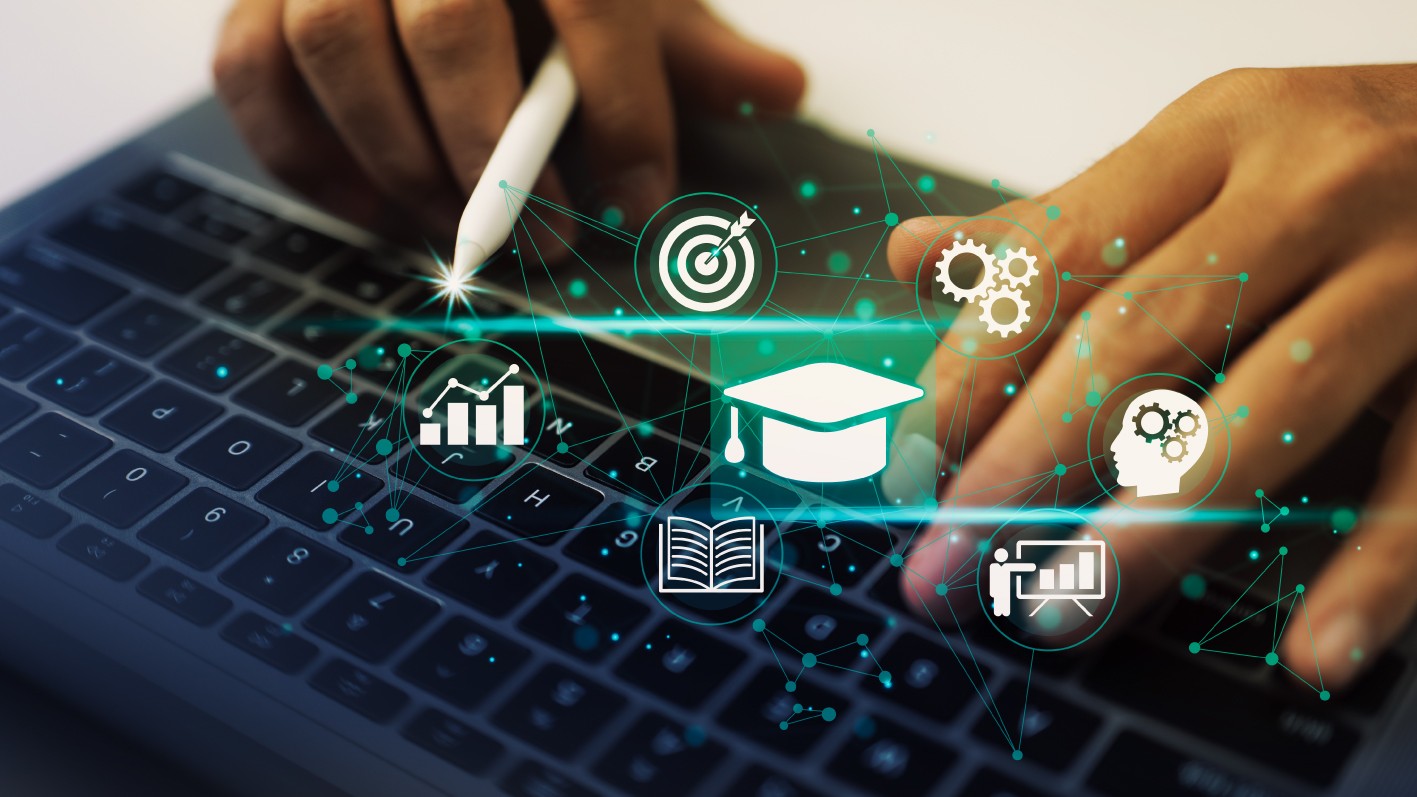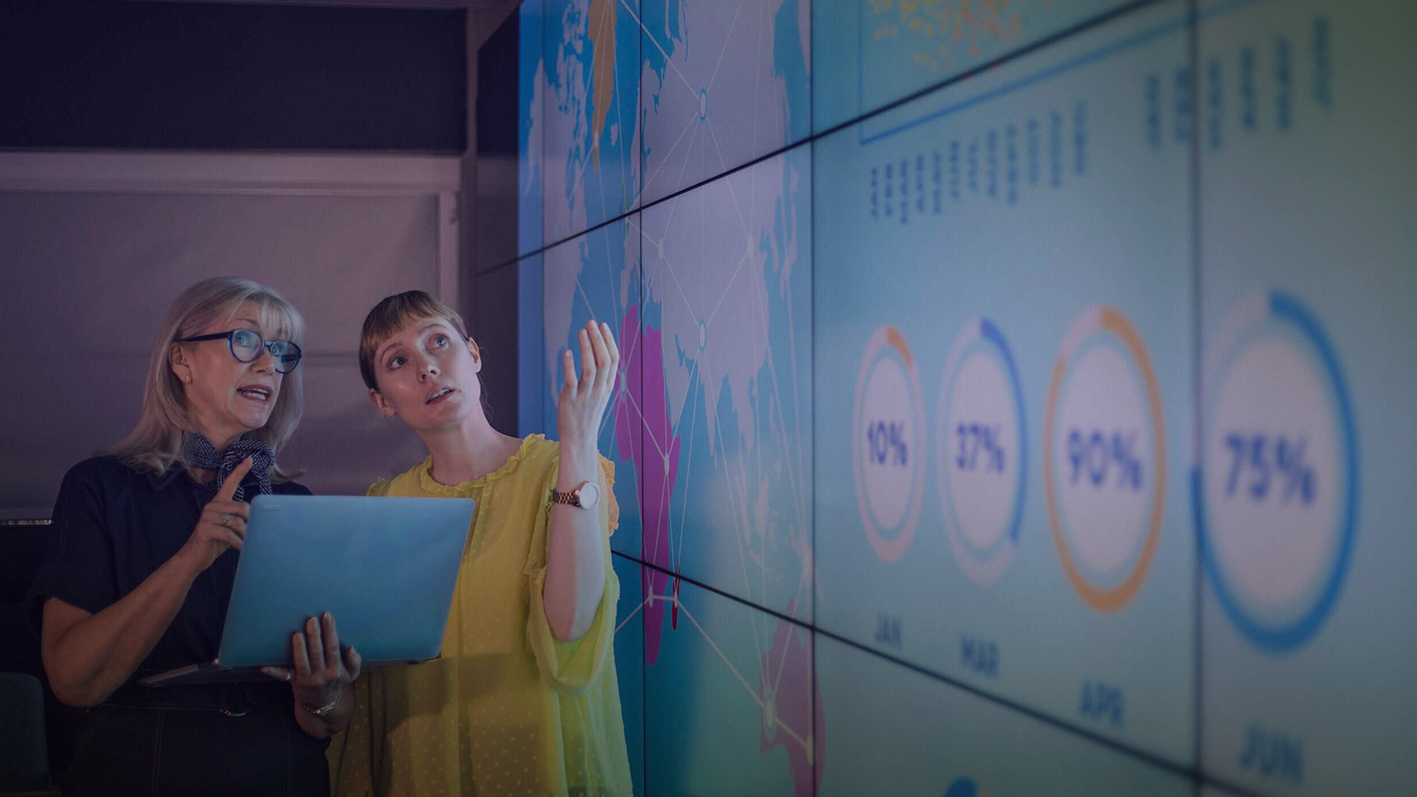The digital era in which we find ourselves immersed allows the implementation of other learning methodologies, which have characteristics of each environment. In this sense, it is important to highlight that learning can occur synchronously and asynchronously.
Synchronicity consists of carrying out an activity at the same time, in the educational field, it refers to an event in which a group of students is learning at the same time. For this purpose, there must be a real interaction with other people, that is, the members of this group must be in the same physical location or in the same online environment, where they can interact with the teacher or tutor and other participants.
Among its main benefits are the interaction between participants, the exchange of knowledge and experiences, expression of ideas, thoughts and comments in real time, classes or courses are held at a specific time.
However, in asynchronous learning, the teacher and the students do not participate in the learning process at the same time, that is, there is no real-time interaction. It is supported by other tools such as the creation of online content, previously recorded videos and the provision of tasks or evaluations following another schedule of activities and assigned dates.
In this case, its benefits include the fact that students can learn at their own pace and schedule, the reduction of repetitive work through automated activities, less time spent by the tutor or teacher in front of the screens.
Both methodologies allow the teacher to implement strategies compatible with classes, workshops or other face-to-face, remote and hybrid academic activities; For this, it is essential that they have the necessary knowledge and criteria to opt for one or another form of learning, so that their choice responds to the requirement of the academic program that they wish to develop.

